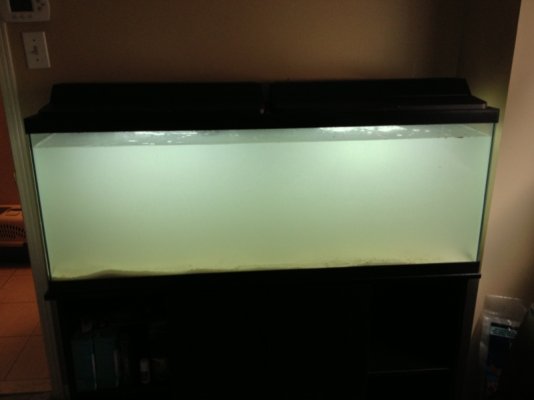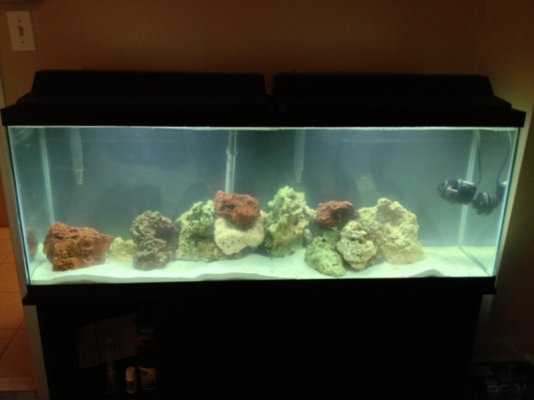Well, to be technical, I'd have to get into taxonomy and use terms like sceratinian, octocoral, etc., but I'm reasonably sure that's not what you are asking for. I'll break it down into generalizations about appearance and care requirements. These are ONLY generalizations!
Soft Corals generally include mushrooms (not true corals at all), leathers, tree corals, zooanthids, gorgonians, etc. With the exception of some gorgonians, these are some of the easiest to care for. They can get by with less light and little to no supplemental feeding. Excellent starter corals. Some can grow like weeds, though. Kenya Tree corals drop branches which become new corals, and can be difficult to get rid of. Zooanthids can spread across a rock rather quickly with good water quality and lighting. Mushrooms bud often. They are characterized by having no skeleton and consisting entirely of soft tissue.
Hard corals can be broken into two VERY subjective categories with little taxonomical rhyme or reason.
Large Polyp Stony Corals include such favorite as brain corals, blastomussa, torch, hammer, frogspawn, elegance, etc. LPS corals usually have higher light requirements (some non photosynthetic exceptions exist, such as the Sun Coral tubastraea) and needing more water flow and higher lighting. Again, merely generalizations. These corals are characterized by secreting a calcium carbonate skeleton from which extend lrge fleshy polyps. Consider the torch coral, which grows long branching stalks of what is essentially stone, with large fleshy tentacles emerging from the tips.
Small Polyp Stony corals are often the most demanding animals in the aquarium, requiring generally higher lighting and pristine water quality, combined with high, turbulent flow. Montipora corals are among the easiest of these to care for. These corals are easily recognized by consisting mostly of skeleton, which is almost completely encased in a thin layer of colored tissue from which tiny polyps can be observed.
Though there are exceptions, soft corals are easiest, with SPS being the hardest. I recommend starting with softies and maybe some LPS before attempting to care for SPS corals.


